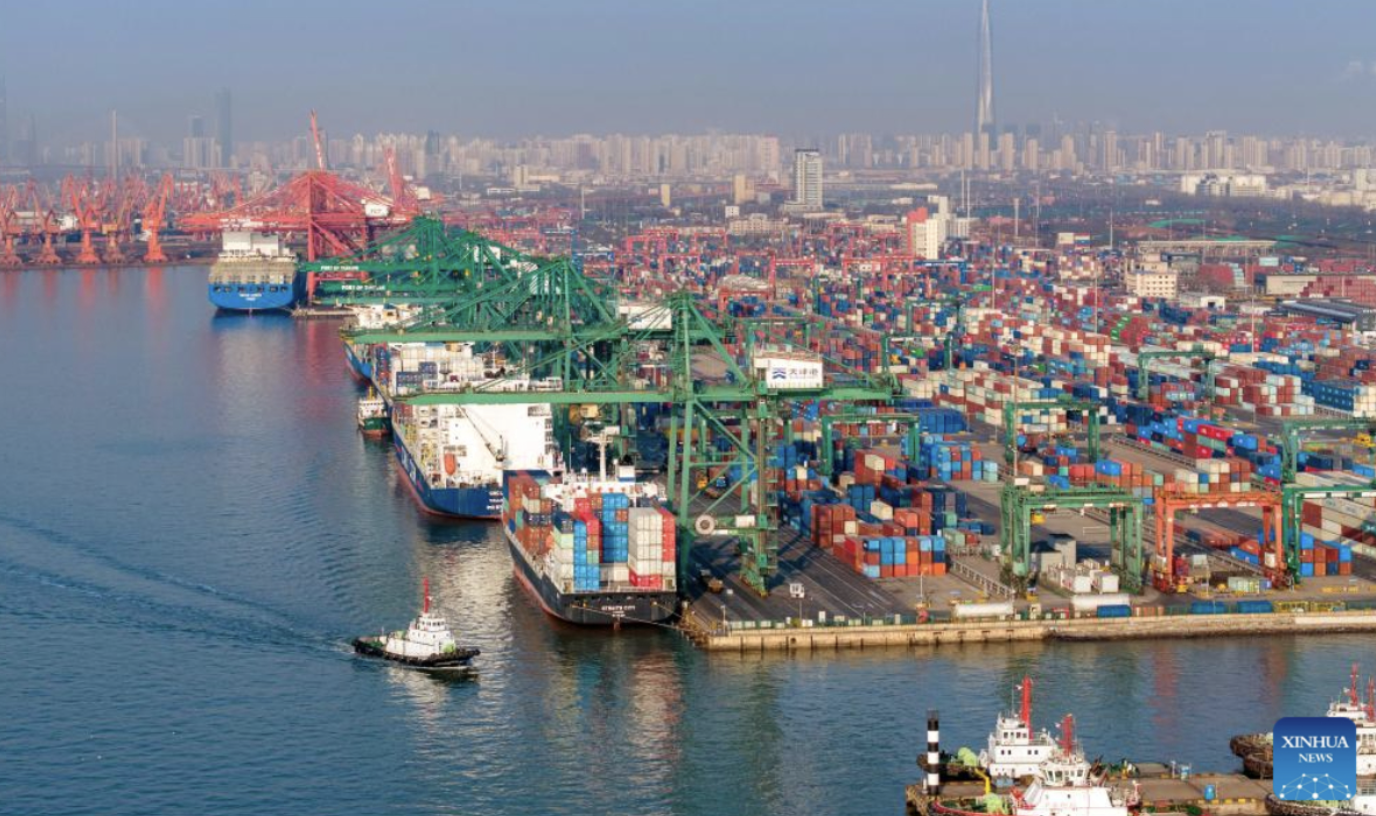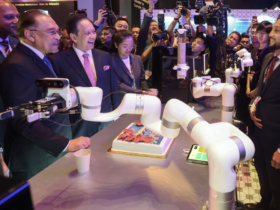TIANJIN, June 24 — China’s Tianjin Port, recognised as the world’s first zero-carbon port, is setting its sights on expanding cargo routes to Southeast Asia as it targets to handle 3.2 million twenty-foot equivalent units (TEUs) in 2025.
The strategic move comes as part of the port’s broader vision to boost regional connectivity and green trade under the Belt and Road Initiative.
The port has built on its impressive growth from 2.83 million TEUs in 2023 to 23.29 million TEUs last year.
Tianjin Port Operations Management manager Feng Miao said trade volumes to Southeast Asia continue to rise in tandem with the region’s growing maritime corridor and container shipping network.
“We now have many direct routes to Bangladesh and Southeast Asia. One of the vessels here is currently en route to the region,” he told Bernama during a site visit to Tianjin Port recently.
However, Feng did not disclosed the official figures on the current shipping size to the region.
Tianjin Port was certified as zero carbon by the China Classification Society in 2022, marking a global first for the maritime logistics industry.
“All equipment, transport systems and support facilities here are fully powered by electricity generated from renewable sources like solar and wind,” he said, emphasising the shift away from coal-based energy.
The port began installing solar panels and wind turbines in 2001 and completed its clean energy infrastructure within half a year.
Today, the system is fully operational, with two wind turbines producing 5,863 kilowatt-hours annually.
Feng said the transition was part of a long-term commitment to green innovation, positioning Tianjin not only as a logistics hub but also as a model for sustainable development.
Located on China’s northeast coast, Tianjin Port operates three container berths, each capable of accommodating 200,000-tonne vessels.
The port’s operational coastline stretches 1,100 metres, with a terminal area spanning 750,000 square metres.
With over 800 ports in 200 countries connected to it, Tianjin Port plays a pivotal role in both regional and global supply chains, including across Southeast Asia.
Beyond sustainability, the port has also made significant strides in operational efficiency through automation and intelligent technology.
“Our system is now seven times more efficient and reduces labour needs by around 20 per cent compared to ports of a similar scale,” said Feng.
He explained that the port’s operations were managed using homegrown Chinese technology, integrating artificial intelligence, big data and smart logistics systems, which allows for the optimisation of container movement, reduction of downtime and maintenance of smooth turnaround cycles.


-加码-scaled.jpg)

-加码-scaled.jpg)


















Leave a Reply